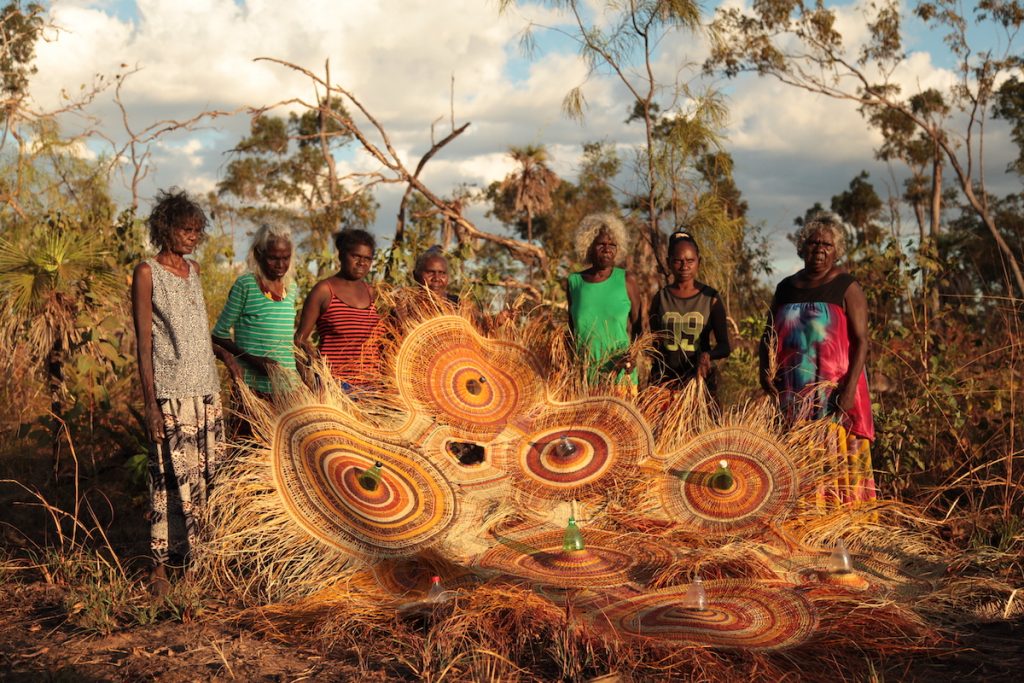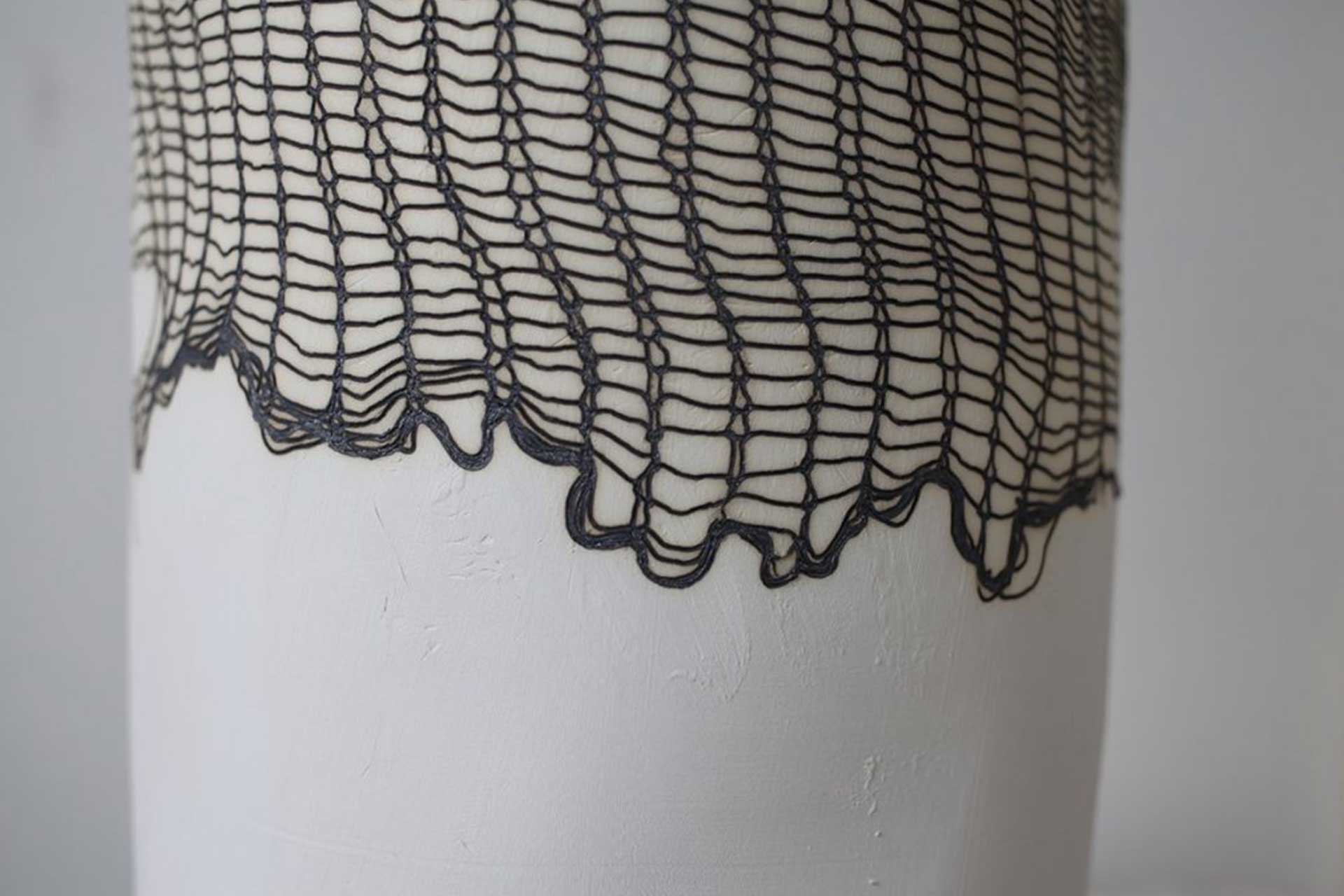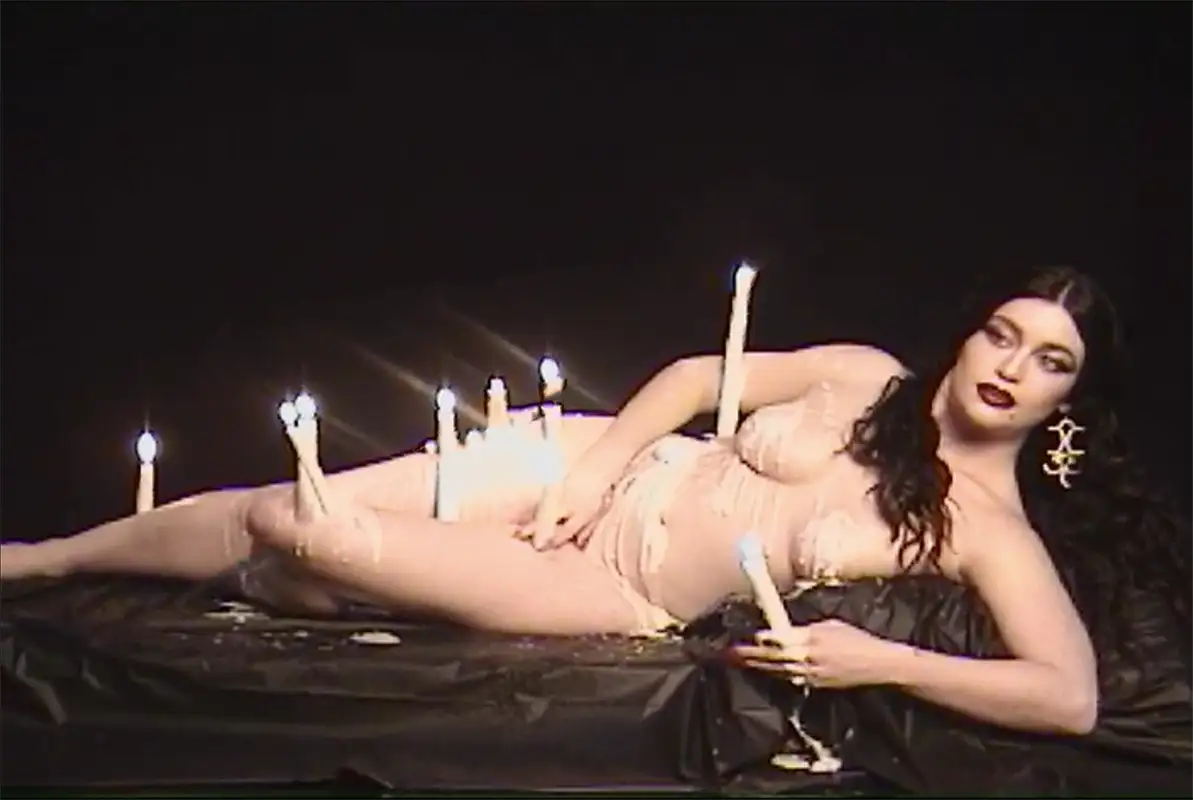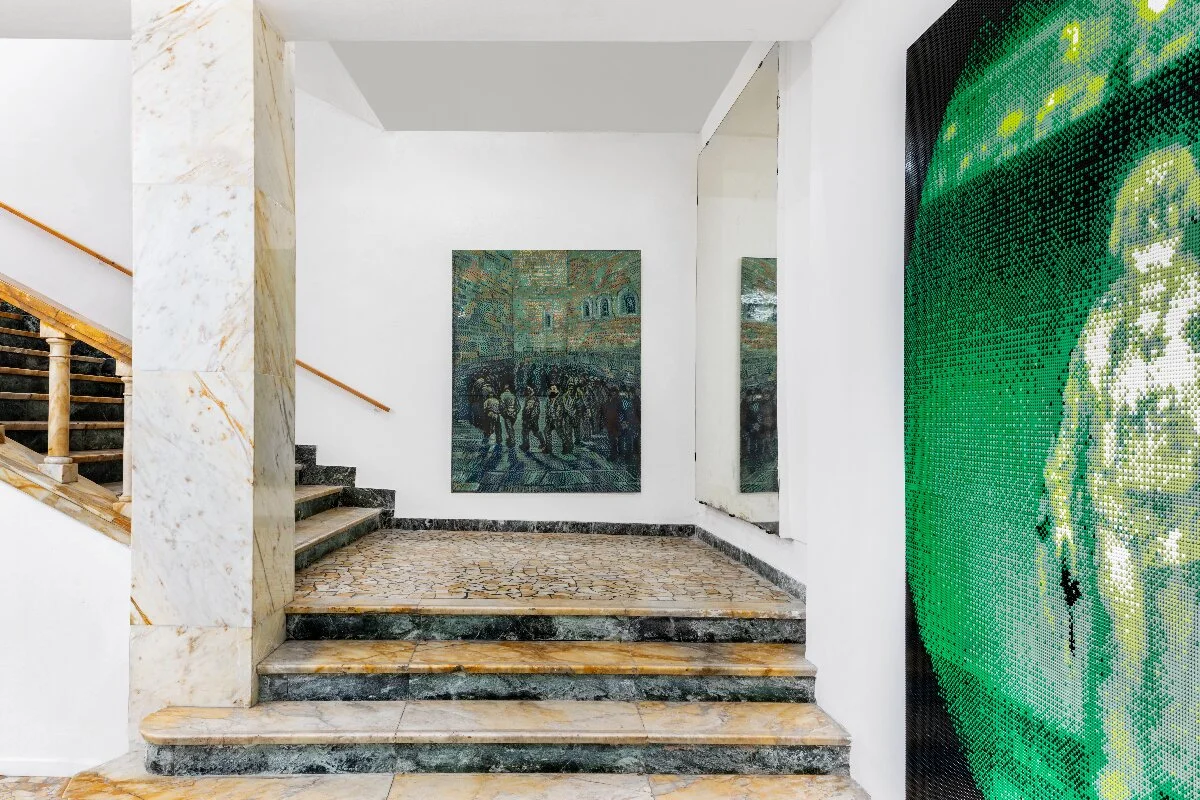Alvaro Catalàn de Ocon creates PET lamps. He could be considered a precursor of sustainable design bridging the gap between industrial production and craftmanship
Designing with recycled materials
Alvaro Catalán de Ocón: The PET lamp revolves around the idea of using the piece to raise awareness about the present ecological crisis. I view the PET lamp not as an object but as a story. Every person who buys a lamp also receives a newspaper with the lamp’s history, encouraging them to share it. Do note that this project began in Colombia ten years ago, when the attention was less focused on ecology. The bottle was an attempt to bring attention to an unpopular problem; I can say we have been precursors in this field.
GZN: Your pieces are a result of creating designs with recycled materials, but do you still employ craftsmen? Are you looking forward to a design that can be both mass-produced and eco-friendly?
ACdO: Our present methods of production can cover a lot of units while remaining detached from the industrial chain. Presently, we have sold close to 25.000 PET lamps. I do not think that there is any room for experimentation in mass production currently if compared to the Seventies or Eighties. The prodigious firms of yesterday have become classics and stepped out of the spotlight, while Ikea has become the face of design for the everyman. Designers from my generation approached the market in the midst of 2008’s economic crisis and had to think of ways to make products, turning their gaze to art galleries rather than the global market.
Being a good designer is like being a good chef
I want to note that the process of producing the PET lamp is still industrialized. As I don’t want to be considered a maker, and I am attached to the industrial side of design. Being a good designer for me is the ability to produce a number of functioning products, like a good chef. Everyone can make pasta for four friends, but only a professional can make pasta for 1500 people.

Cultural heritage around the world
GZN: You appreciate utilizing visual suggestions coming from places scattered around the globe. Some people could criticize such an approach charging it with colonialism; pointing out that the use of visual elements developed by other cultures. Especially if economically underdeveloped, is definitely cultural appropriation.
ACdO: Appropriation is a staple in every creative process. When I’m designing, I am always tapping from different parts of my background, even ones that aren’t from my cultural heritage. The approach of putting a culture upon another is inherently colonialist, and crying for cultural appropriation is like saying that you are not enough. The beauty of creativity is bonding parts of the same reality that resides on the same plane. With PET lamps we blended a plastic bottle with Bogota’s craftsmanship, and the result is for all to see.
Industrial production vs local artisans
GZN: You play with the dialectic between industrial production and local artisans, even involving their manufacture. Can sustainable design contribute to a better distribution of riches in the world?
ACdO: Our achievement in this field is the development of local designer’s self-awareness, making them acknowledge the value of their crafting heritage. My Latin American students are realizing that working on their culture is better than dreaming of designing a Ferrari in Guatemala. The Italian design industry is an evolution of Italian craft, and this process is someway inherent in design’s development regardless of time and place. Some of the craftsmen that worked with us on the PET lamp project are starting their own businesses and creating novelties with what they have. Another point of this process is leaving behind the misconception of local craft as destined only for souvenirs’ production. In many areas, the local techniques are seen as a means to create baubles for tourists, while those techniques can be the basis for actual designs, and not exposed as specimens from faraway lands.
A hunger for design
GZN: The last movement that changed the perception of design for the masses was Bauhaus. Sustainable design will be able to match a similar social impact or is it doomed to remain a niche movement, walking in the shadows of industrial producers?
ACdO: When the Bauhaus happened there was a hunger for design, a need to make products that were functional and good-looking at the same time. Market saturation today makes every designer wonder why they are making another piece. Before there were trends, now everything is viable. This new landscape creates a lot of diversity but also a lot of noise, preventing a particular trend to rise above the others. The idea of upcycling is here to stay because it brings a fresh problem to the global discourse. It creates a sense of reality, giving a spin to things people don’t usually think about. Every generation of designers has added a new layer to the practice. In the beginning, there was functionality, then affordability, then the need to tell a story. And now, finally, the focus on sustainability.
Alvaro Catalán de Ocón
He was born in Madrid in 1975. He did a Bachelor in Business and Administration at the Complutense University of Madrid. Then he studied product design at the Institute Europeo di Design in Milan and Central St. Martins in London. He graduated from the latter with honors and a Bachelor’s degree in Product Design. In 2004, Catalán de Ocón launched his own studio in Barcelona. In 2009, he relocated to Madrid. Here he teaches (since 2009) students pursuing thesis projects in the Master Product Design Lab at IED.



















